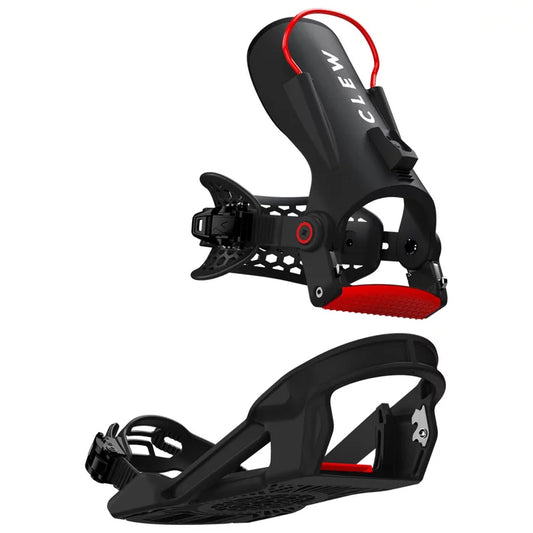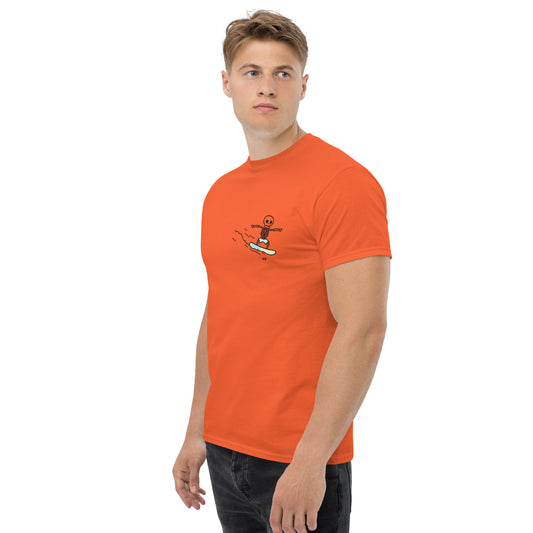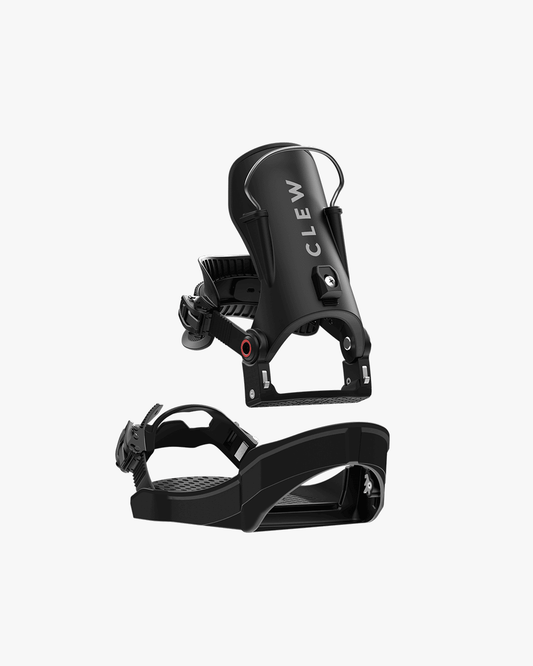
10 Kitesurfing Safety Guidelines: Sailing Responsibly and Protected
Share
Kitesurfing is an exciting water activity that combines sailing with the use of a kite and a board. As you enjoy the adrenaline rush and fun that kitesurfing has to offer, it is essential to keep certain safety guidelines in mind to ensure a safe and secure experience. Here we present the main security measures that you should consider before, during and after your kitesurfing session.
1. Know and understand the conditions Before you go sailing, it is essential that you are well informed about the weather conditions, currents and other factors that may influence your kitesurfing session. Check the weather forecast, pay attention to the tides and familiarize yourself with the specifics of the place where you plan to sail. Learn and know the types of wind on each coast (onshore and offshore), this will help you make more informed decisions and avoid dangerous situations.
Discover the different sailing winds in kitesurfing: offshore, cross, onshore and upwind
2. Use the right equipment and keep it in good condition Make sure you have quality kitesurfing equipment suitable for your level of experience. Regularly check the condition of your kite, lines, bar and harness to make sure they are in good condition. Carry out inspections before each session to detect possible wear or damage, and replace any component that shows signs of deterioration.
3. Learn and practice basic safety techniques Before venturing out on the water, it is imperative that you learn and practice basic kitesurfing safety techniques. These include self-rescue, quick harness release and emergency kite release. Familiarize yourself with these procedures and regularly conduct drills to ensure that you can act effectively in risky situations.
4. Wear a life jacket and helmet Wearing a proper life jacket is highly recommended in kitesurfing, especially for beginners and in challenging conditions. It is also advisable to wear a helmet to protect your head in case of falls or impacts.
KITESURF / LANDKITE / POWER KITE HELMET
These safety elements will give you greater buoyancy and protection in unforeseen situations. I bought this buoyancy aid belt, with double utility because I also use it for the wingfoil hook.
Inflatable buoyancy aid belt Ba 50N
5. Respect the navigation zones and rules Make sure you know and respect the local navigation rules and restrictions in the area where you kitesurf. Some beaches may have designated areas specifically for kiteboarders, while others may have restrictions at certain times of the day due to tides or the presence of other water users. Respect these instructions to avoid accidents and conflicts with other people.
6. Practice responsible navigation Always maintain a responsible and respectful attitude while browsing. Avoid getting too close to other kiters, swimmers and boats, and keep a safe distance to avoid collisions. Always yield to other boaters when necessary and show courtesy on the water.

7. Set limits and know your abilities It is important to recognize your own abilities and limitations in kitesurfing. Do not venture into conditions that exceed your level of experience. Start with lighter winds and calm water, and as you gain confidence and dexterity, you can challenge yourself with more demanding conditions. Remember that safety should be your top priority.
8. Ensure good communication Maintain clear and effective communication with other kiters and with people on the beach. Use internationally established signs and gestures to indicate your intentions and warn of potential danger. Always carry a whistle (attached to the vest) or communication device with you in case of an emergency. I carry my mobile in this case that, in addition to being waterproof, floats.
IPX8 Floating Waterproof Case
9. Learn about rescue and first aid It is useful to have basic knowledge of rescue and first aid. Learn proper rescue techniques and be aware of how to perform basic first aid in case of need. This will allow you to help other kitesurfers in emergency situations and respond more effectively to injuries or incidents.
10. Maintain a constant learning attitude Kitesurfing is a sport that requires skill, experience and knowledge. Be open to learning from other more experienced kitesurfers and look for opportunities to improve your skills and knowledge. Participate in training courses and stay up to date on the latest kitesurfing safety practices.
Remember that safety in kitesurfing is essential to guarantee a pleasant and risk-free experience. By following these guidelines and using common sense, you will be able to fully enjoy your passion for kitesurfing while staying protected.
Browse safely and have fun to the fullest!













